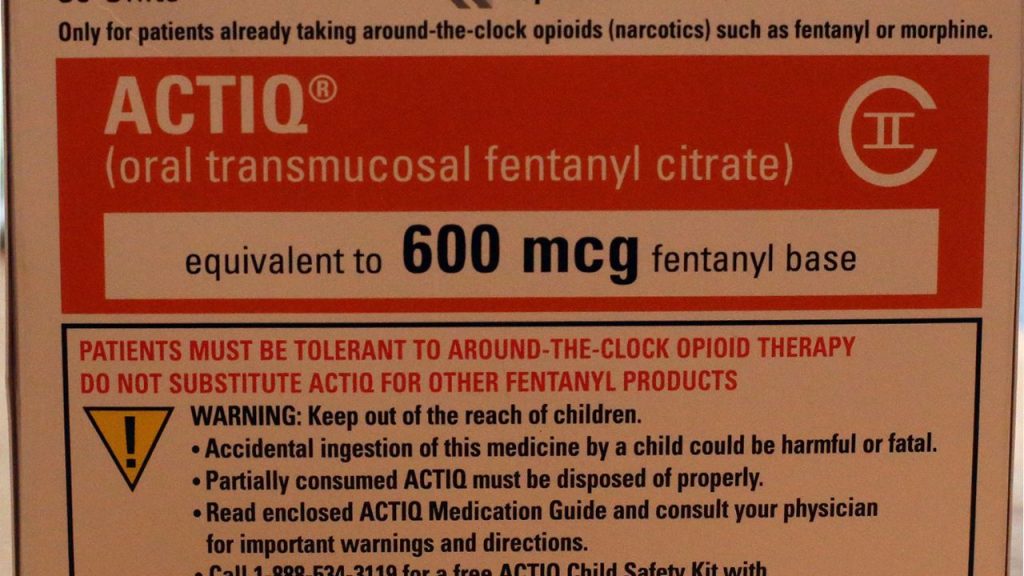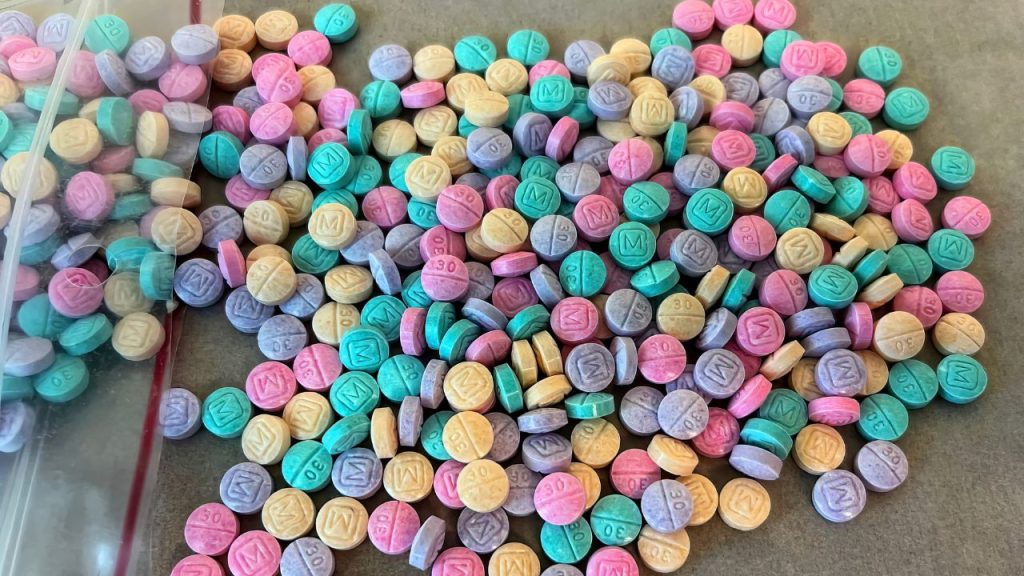Fentanyl is a highly potent synthetic opioid that has become a major contributor to the ongoing opioid epidemic in the United States. Originally developed as a prescription pain medication for severe pain management, particularly in cancer patients and post-surgical settings, fentanyl has increasingly been manufactured and distributed illegally for recreational use. The drug’s powerful effects and high potential for addiction have led to a sharp rise in overdoses and deaths in recent years.
Understanding Fentanyl
Fentanyl is a member of the opioid family, which includes other prescription pain medications like oxycodone, hydrocodone, and morphine, as well as the illegal drug heroin. However, fentanyl is far more potent than these other opioids. It is estimated to be 50-100 times stronger than morphine and 30-50 times more potent than heroin.
Fentanyl works by binding to and activating the mu-opioid receptors in the brain, which are responsible for regulating pain, emotion, and reward. When fentanyl attaches to these receptors, it blocks pain signals and triggers a flood of dopamine, a neurotransmitter that produces feelings of pleasure, euphoria, and relaxation. This powerful activation of the brain’s reward system is what makes fentanyl so addictive.

Legitimate pharmaceutical fentanyl is available in various forms, including transdermal patches, lozenges, and injectable solutions. However, illegally manufactured fentanyl is often sold as a powder, dropped onto blotter paper, put in eye droppers and nasal sprays, or made into pills that look like other prescription opioids. In many cases, people who use illegal drugs like heroin or cocaine may be unaware that the substances they are consuming contain fentanyl, which dramatically increases the risk of overdose and death.
Physical Dependence and Addiction
Regular use of fentanyl, even when prescribed by a doctor and used as directed, can lead to physical dependence. This means that the body adapts to the presence of the drug and requires it to function normally. If a person who is physically dependent on fentanyl tries to stop using the drug abruptly, they will experience withdrawal symptoms as their body adjusts to the absence of the drug.
Physical dependence is not the same as addiction, which is characterized by compulsive drug-seeking behavior despite negative consequences. However, the two often go hand in hand. As tolerance to fentanyl develops, people may need to take higher and more frequent doses to achieve the desired effects, which can lead to addiction.
Risk factors for fentanyl addiction include a personal or family history of substance abuse, mental health disorders, chronic pain, and early exposure to drug use. However, anyone who uses fentanyl, whether for medical or recreational purposes, is at risk of developing an addiction.
Symptoms of Fentanyl Withdrawal
When someone who is physically dependent on fentanyl stops using the drug or significantly reduces their dose, they will experience a range of withdrawal symptoms. These symptoms can be intense and uncomfortable, but they are rarely life-threatening.
The onset and duration of withdrawal symptoms can vary depending on the individual and their history of fentanyl use. Generally, symptoms begin within 12-30 hours after the last dose and peak within 1-3 days. The acute phase of withdrawal typically lasts 5-7 days, but some symptoms may persist for weeks or even months.
Common symptoms of fentanyl withdrawal include:
- Intense cravings for fentanyl
- Anxiety, irritability, and agitation
- Insomnia and restlessness
- Muscle aches and pains
- Sweating and chills
- Runny nose and watery eyes
- Nausea, vomiting, and diarrhea
- Abdominal cramping
- Rapid heartbeat and high blood pressure
- Depression and anhedonia (inability to feel pleasure)
In addition to these acute symptoms, some people may experience prolonged symptoms known as post-acute withdrawal syndrome (PAWS). PAWS can last for several months after the initial withdrawal period and may include symptoms such as mood swings, insomnia, anxiety, depression, and difficulty concentrating.
Managing Fentanyl Withdrawal
Attempting to quit fentanyl “cold turkey” or without medical supervision can be dangerous and is often unsuccessful due to the intensity of withdrawal symptoms. The most effective way to manage fentanyl withdrawal is through a medically supervised detox program in a professional treatment center like JourneyPure At The River.
In a medical detox program, patients receive 24/7 care and monitoring from a team of addiction professionals, including physicians, nurses, and therapists. The goal of detox is to help patients safely and comfortably withdraw from fentanyl while minimizing the risk of complications and relapse. One of the key components of fentanyl detox is medication-assisted treatment (MAT). MAT involves the use of FDA-approved medications, such as buprenorphine and methadone, to help alleviate withdrawal symptoms, reduce cravings, and prevent relapse. These medications work by binding to the same opioid receptors in the brain as fentanyl, but without producing the same intense euphoric effects.

MAT and Therapy
Buprenorphine is a partial opioid agonist that has a ceiling effect, meaning that its effects level off at a certain dose, reducing the risk of overdose. It is often combined with naloxone, an opioid antagonist that blocks the effects of opioids and deters misuse. Methadone is a long-acting full opioid agonist that is taken daily in a supervised clinical setting to prevent withdrawal and reduce cravings.
In addition to MAT, patients in fentanyl detox may receive other medications to manage specific withdrawal symptoms, such as over-the-counter pain relievers for muscle aches, anti-nausea medications for gastrointestinal distress, and sleep aids for insomnia. Behavioral therapies and counseling are also essential components of fentanyl addiction treatment. These interventions help patients address the underlying psychological and environmental factors that contribute to their drug use, develop coping skills, and build a support system for long-term recovery.
Cognitive-behavioral therapy (CBT) is a common approach that helps patients identify and change negative thought patterns and behaviors related to drug use. Contingency management is another evidence-based therapy that uses rewards to reinforce positive behaviors, such as abstinence from drugs and participation in treatment.
Get Help Today
JourneyPure At The River offers a comprehensive range of addiction treatment services, from medical detox to residential and outpatient rehab, as well as aftercare planning and alumni support. Our experienced and compassionate team of addiction professionals works with each patient to create an individualized treatment plan that addresses their unique needs and goals.
We understand that seeking treatment for addiction can be overwhelming and intimidating. That’s why we strive to make the admissions process as simple and stress-free as possible. Our admissions navigators are available 24/7 to answer your questions, verify your insurance coverage, and help you take the first step toward recovery. If you or a loved one is struggling with fentanyl addiction, don’t wait another day to get help. Call JourneyPure At The River at 629-222-9449 to speak with one of our compassionate admissions navigators and start your journey to a healthier, drug-free life. With the right treatment and support, recovery from fentanyl addiction is possible.
